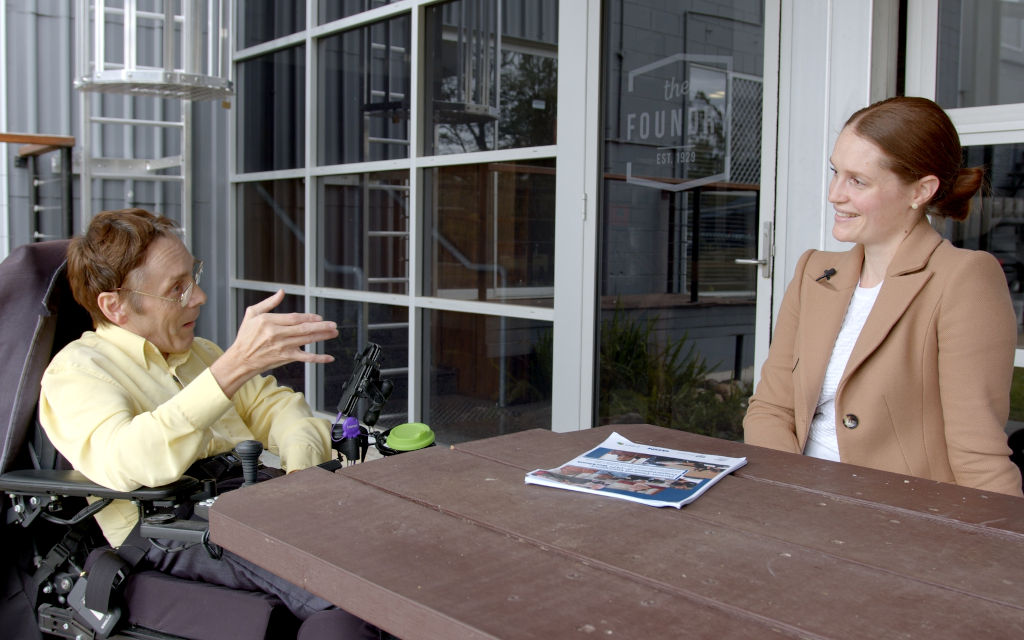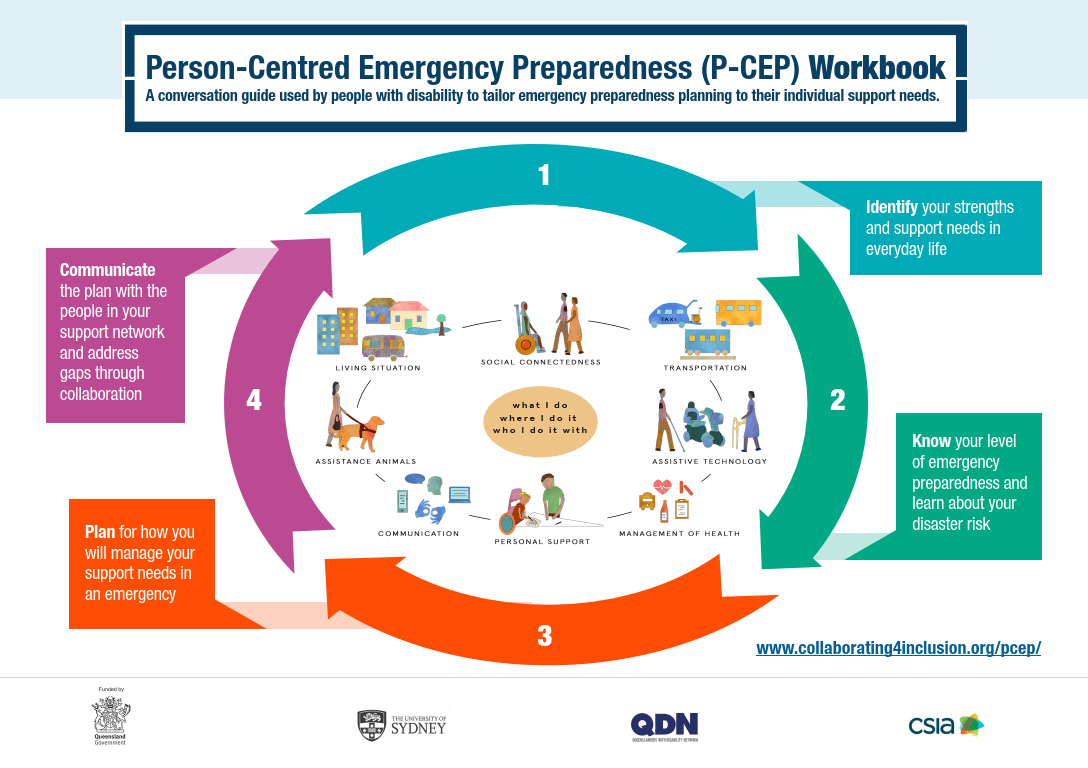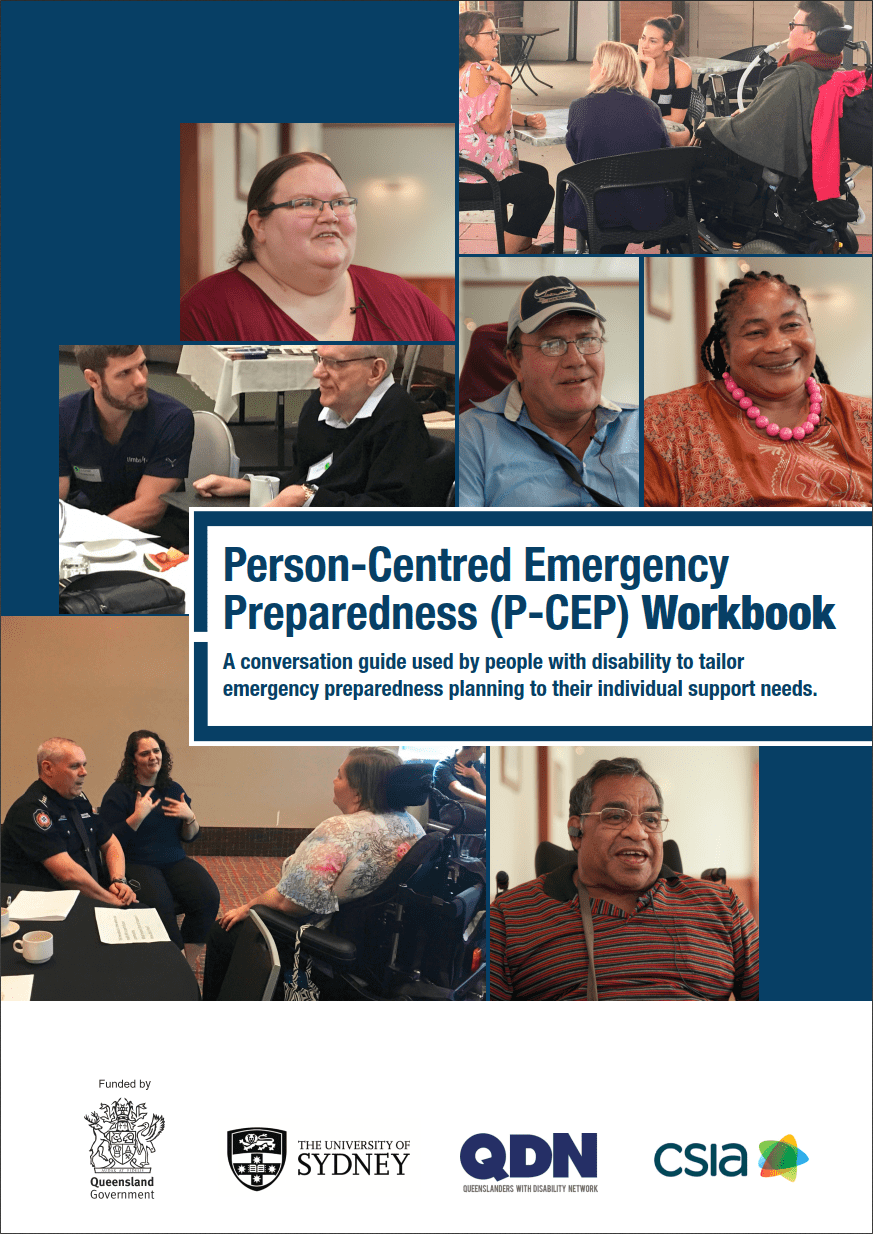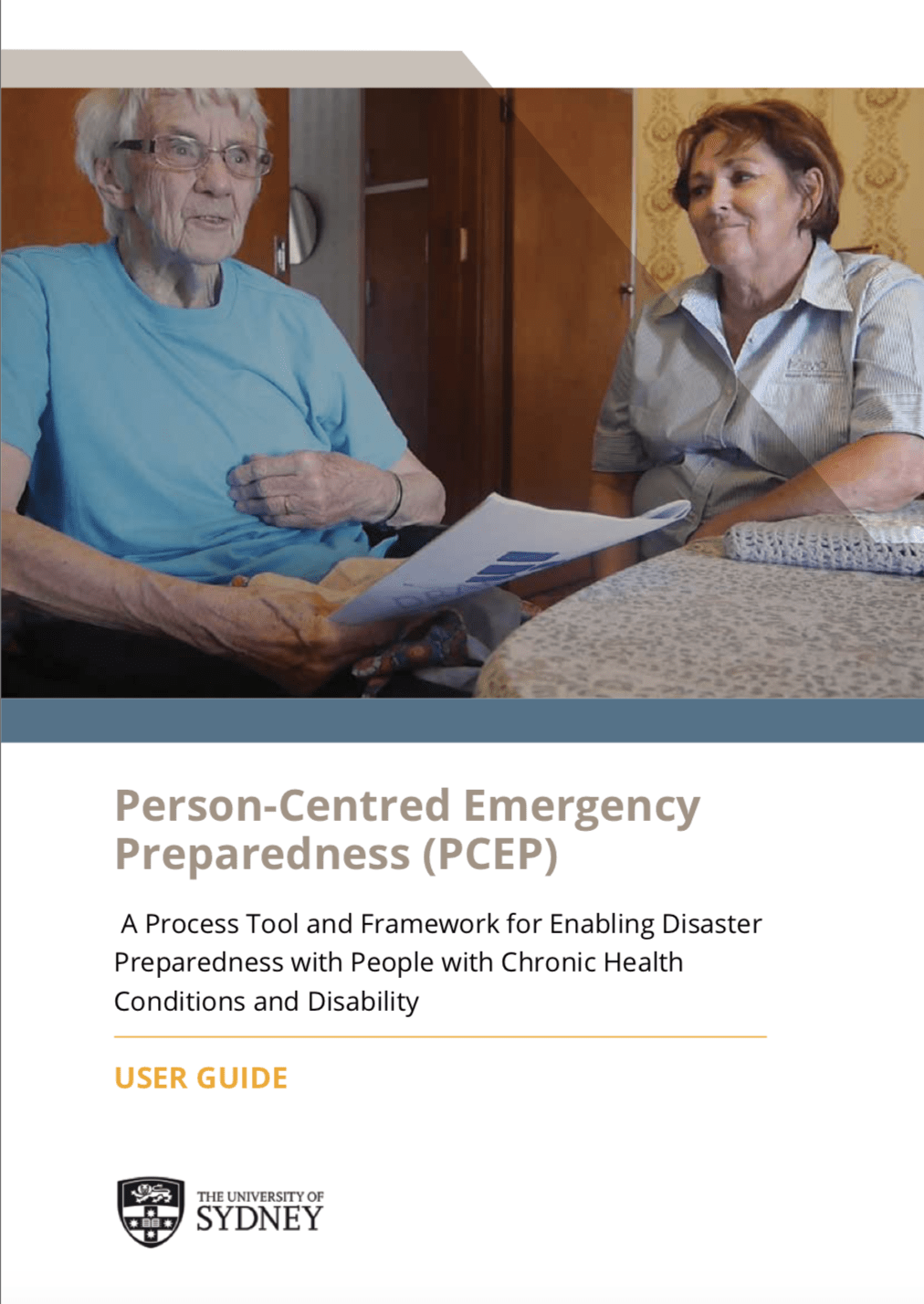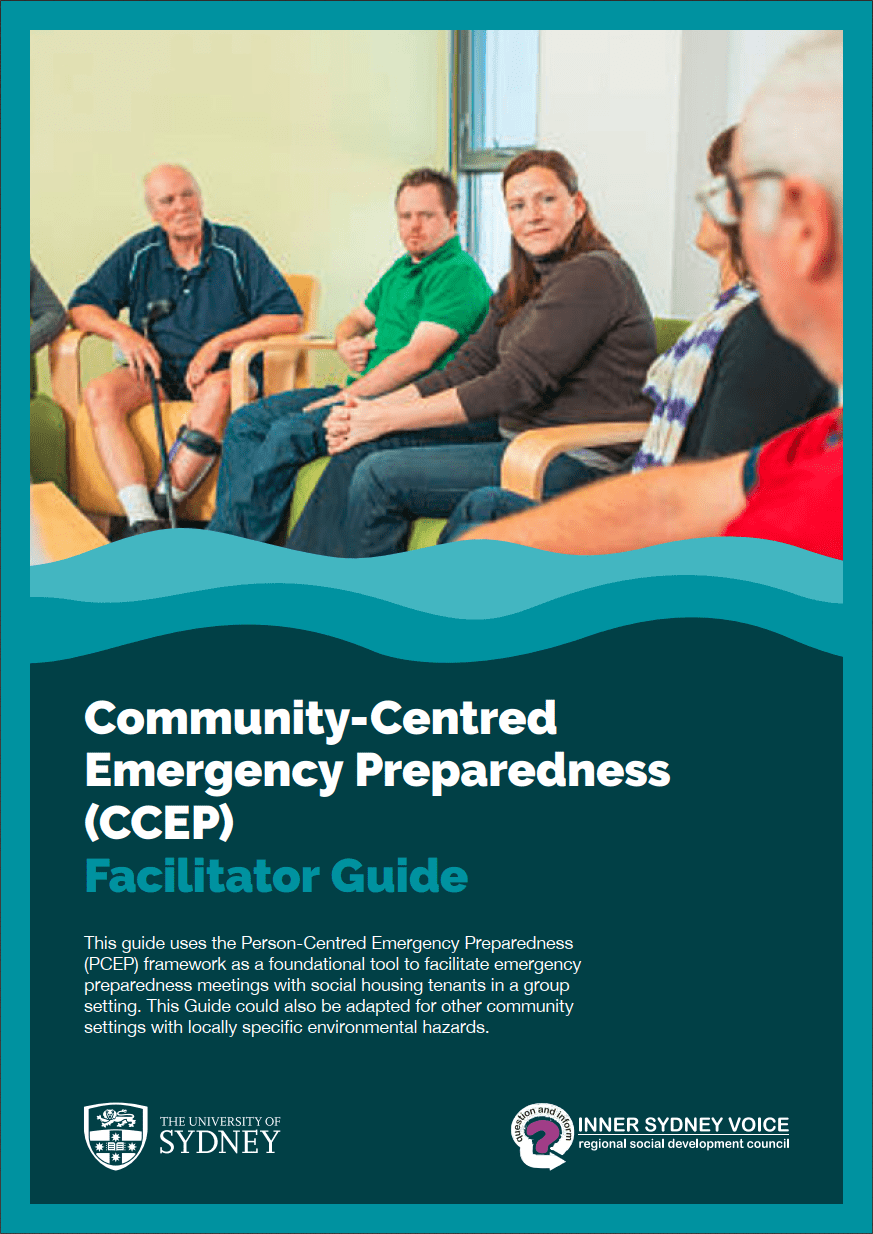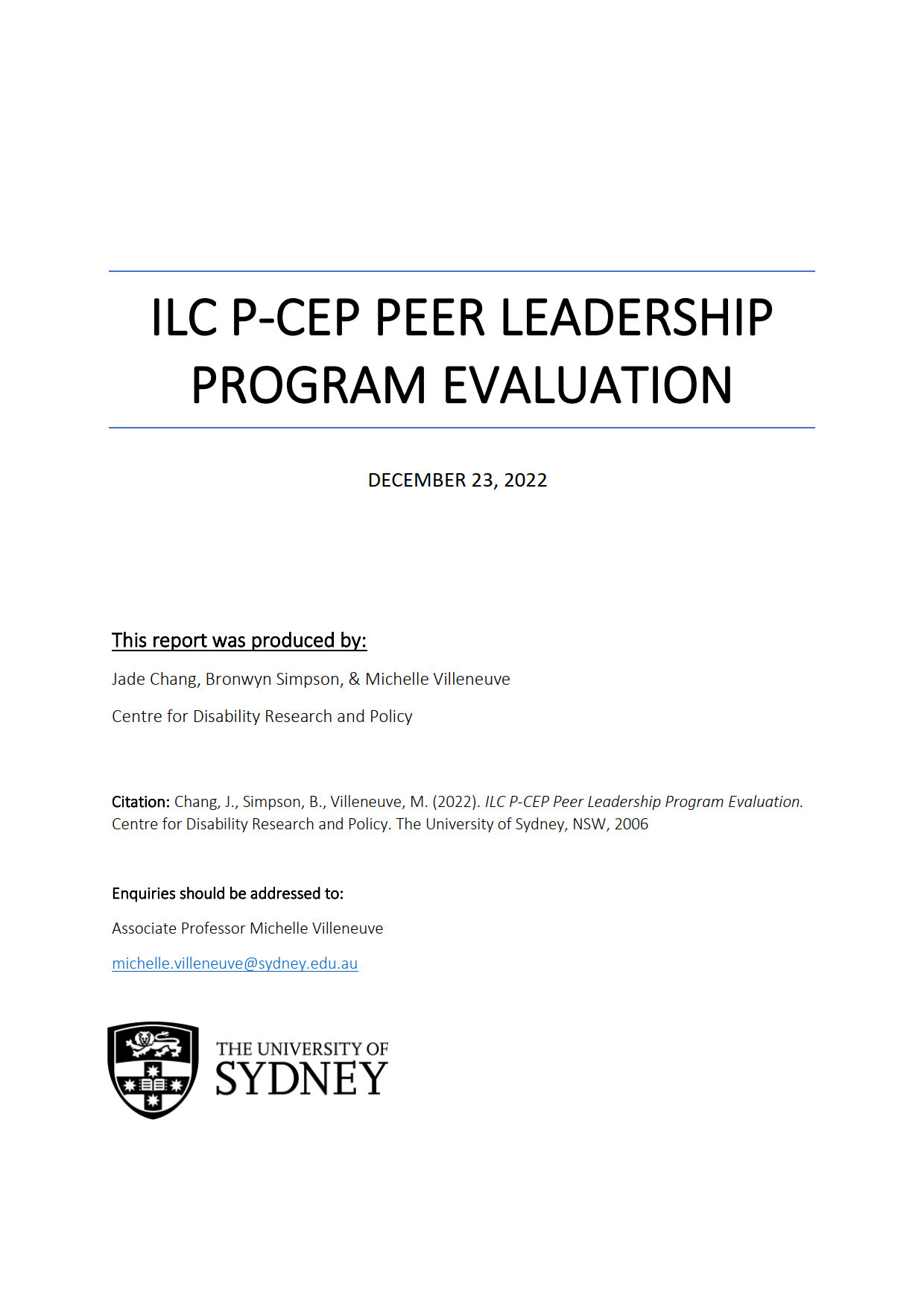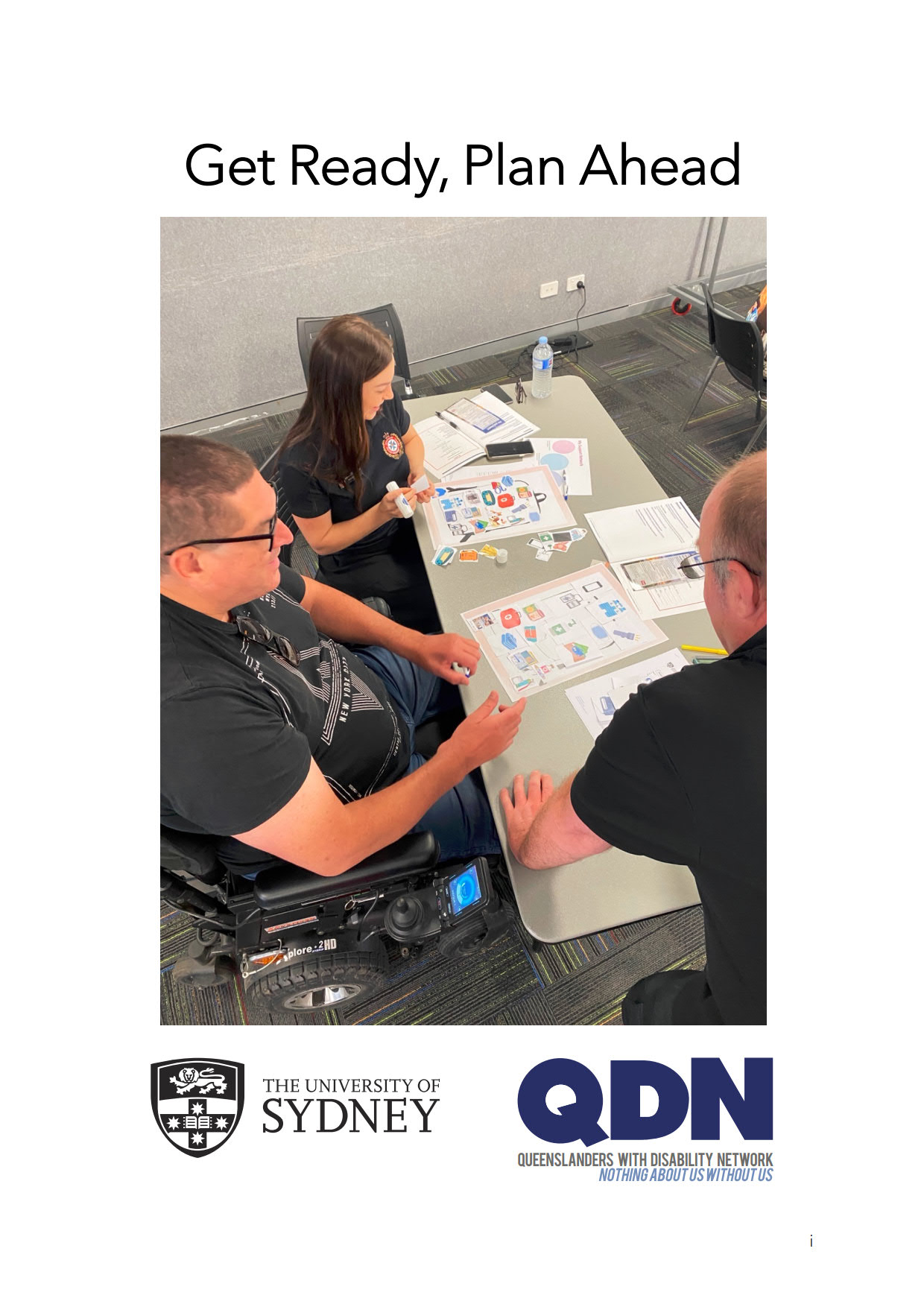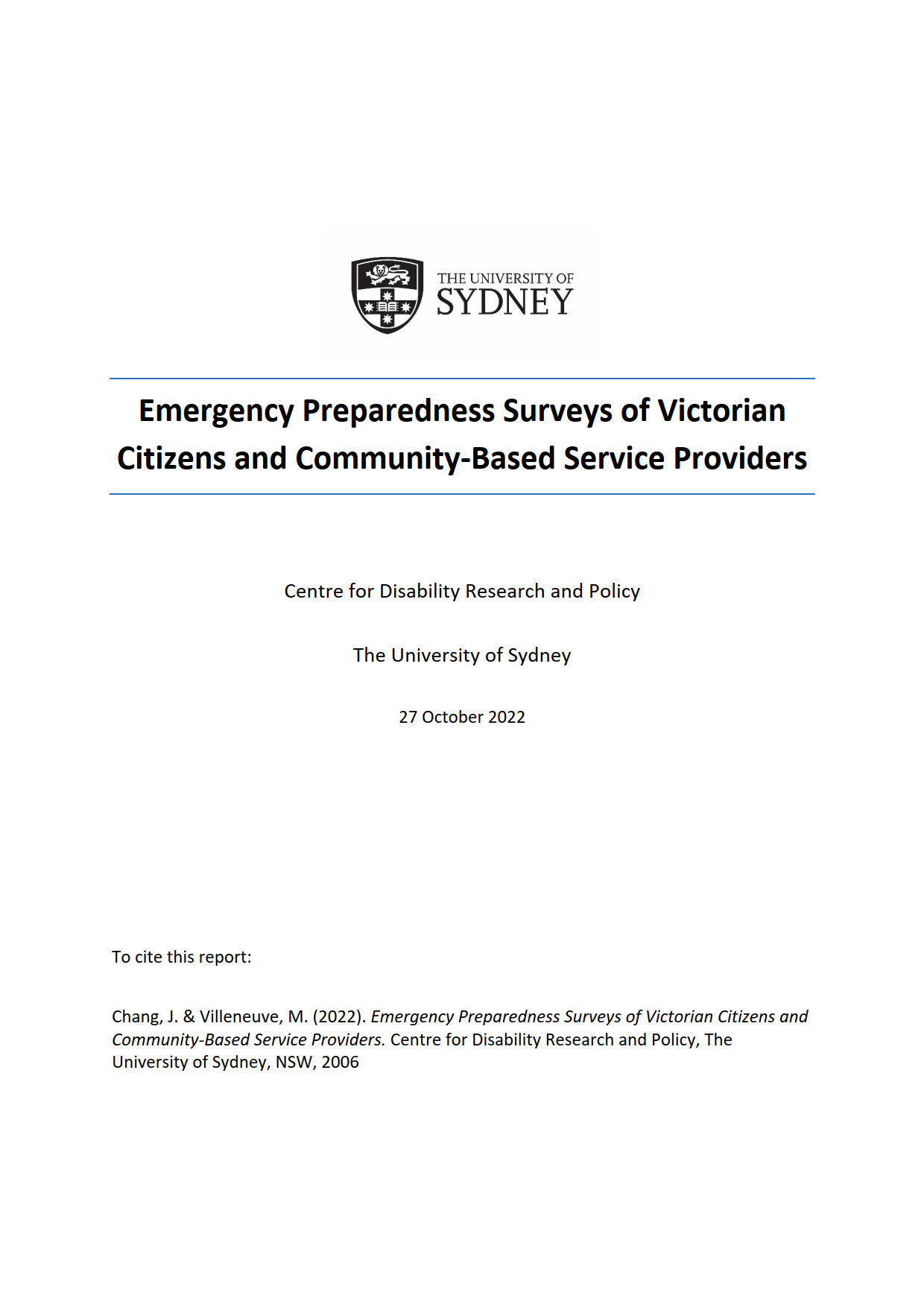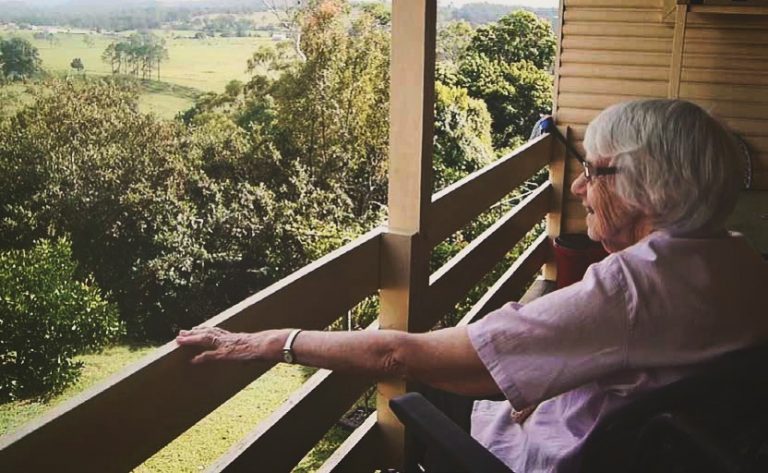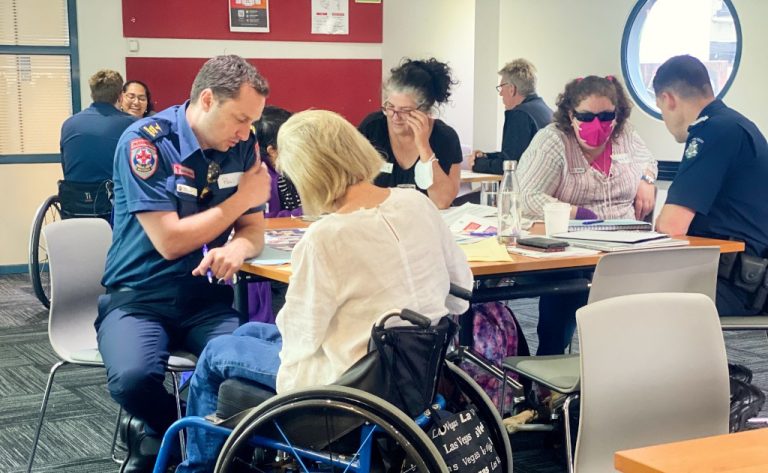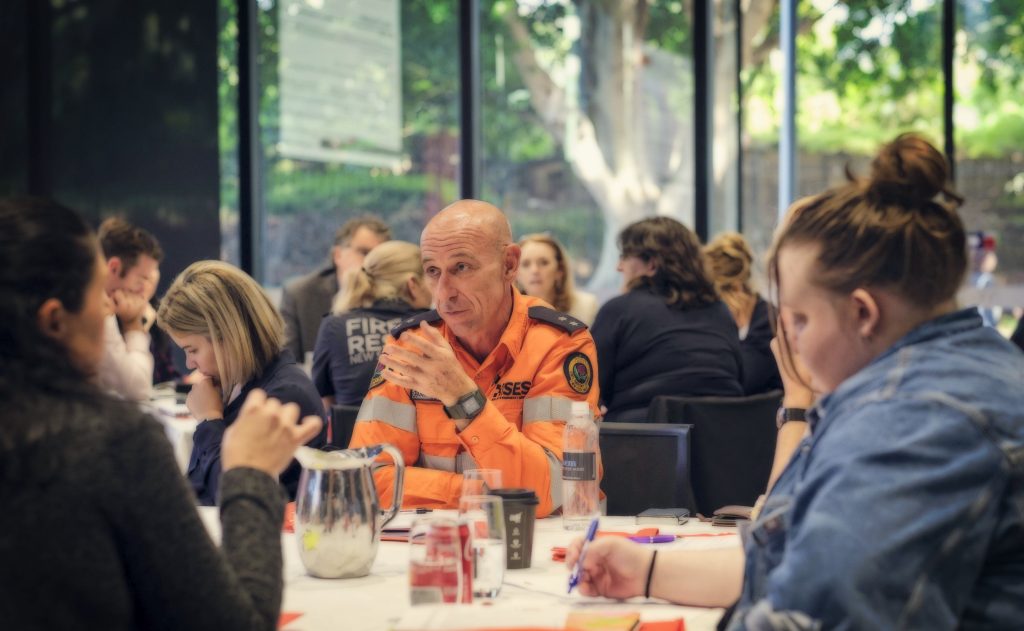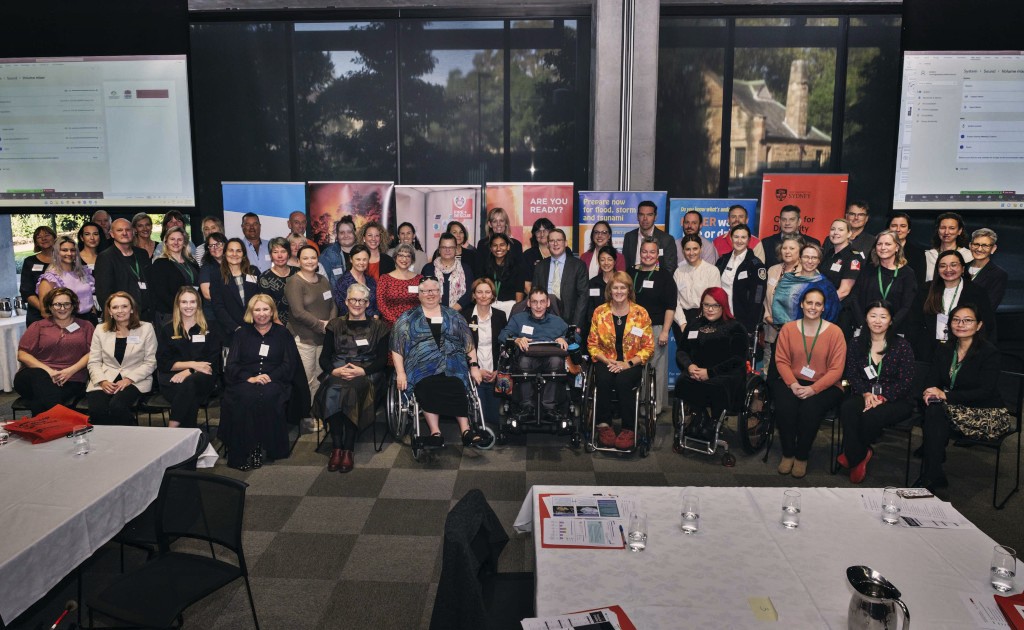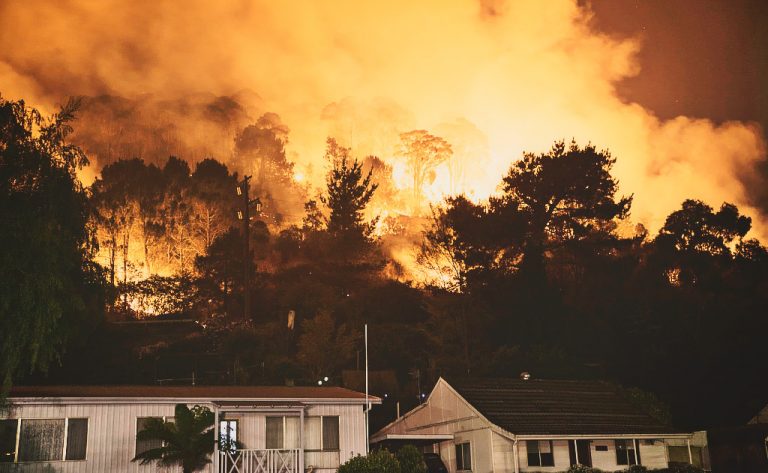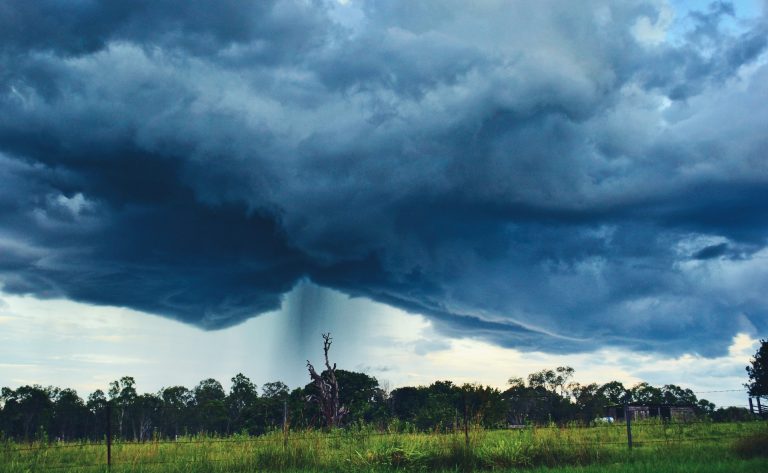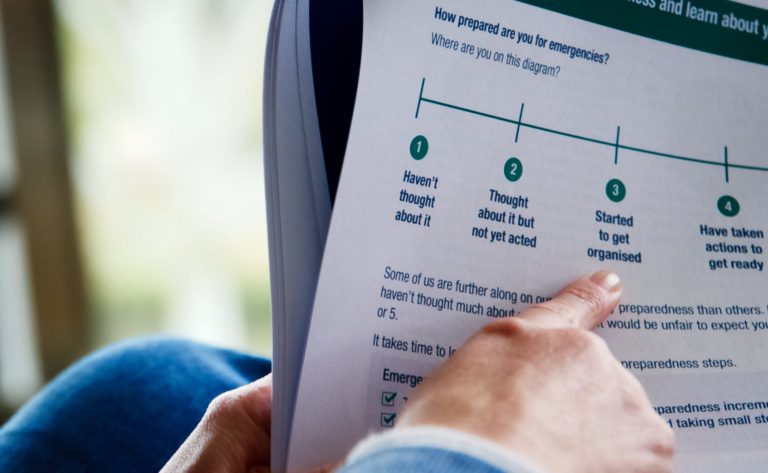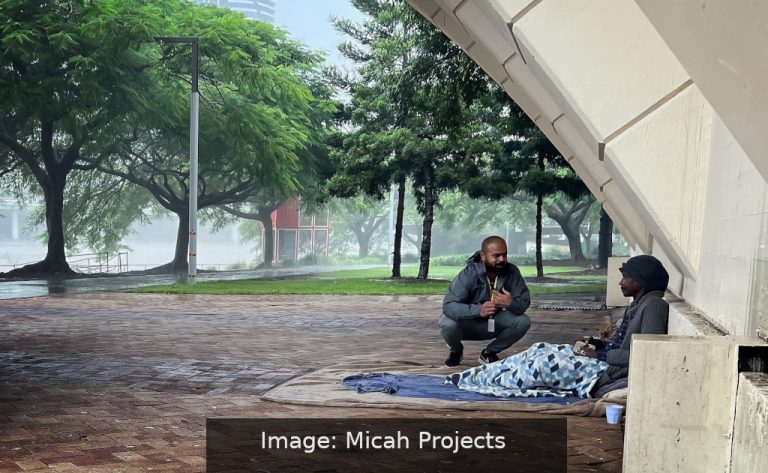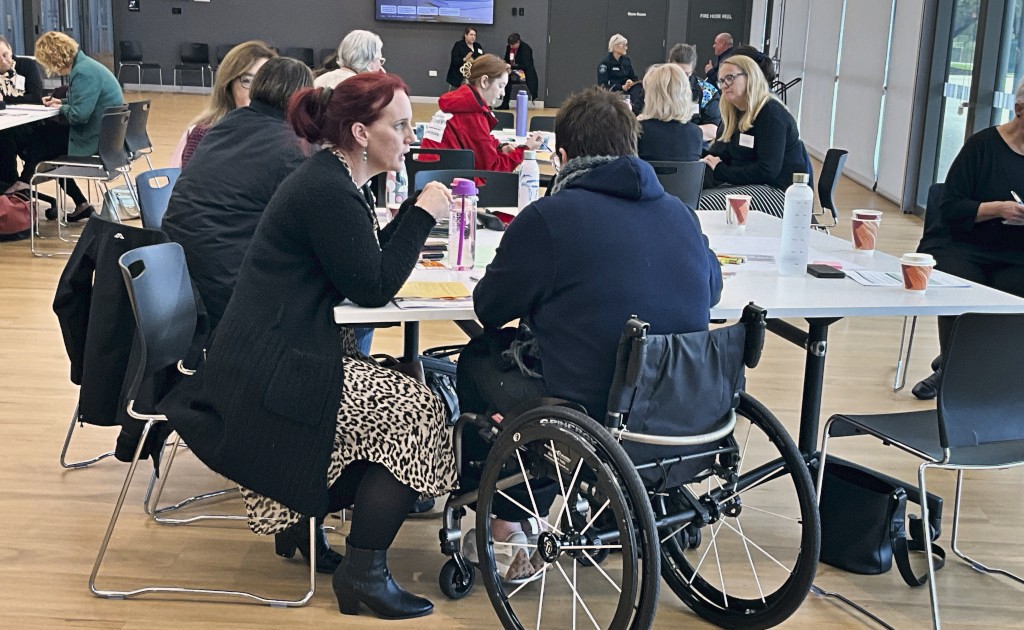Person-Centred Emergency Preparedness (P-CEP) Toolkit
An all-hazards approach to enabling emergency preparedness
P-CEP Workbook
A conversation guide used by people with disability to tailor emergency preparedness to their individual support needs
P-CEP Toolkit
A toolkit used by service providers to enable emergency preparedness in others
Functional Capabilities and Support Needs in Emergency Situations
Emergency Preparedness is a Process
Key Features of Person-Centred Emergency Preparedness
User Guides
P-CEP with Culturally and Linguistically Diverse (CALD) Communities
Flood Risk
Project background
This project is part of the Hawkesbury-Nepean Valley Flood Risk Management Strategy which is being led by Infrastructure NSW. The Flood Strategy includes a Community Resilience Program which is focussed on building the resilience of communities most at risk of floods. Culturally and Linguistically Diverse (CALD) communities in the Hawkesbury-Nepean Valley are considered a community of concern. Those in the CALD community who are living with, or supporting someone, with a disability are recognised to have additional support needs when it comes to preparing and responding to natural disasters and emergencies such as flooding.
Flood risk awareness
The Hawkesbury-Nepean Valley is the most flood exposed area in NSW. The floodplain covers a large area from Bents Basin near Wallacia to the Brooklyn Bridge. The floodplain falls mainly within the Penrith, Hawkesbury, Blacktown and The Hills local government areas. If you live or work in the Hawkesbury-Nepean Valley you are at risk of flood. Your home, your family and your animals may be vulnerable when it floods so it is important that you are prepared.
Floods in this valley are particularly dangerous due to the ‘bathtub effect’ that causes floodwater to back-up which creates deep and dangerous flooding. This video explains why flooding in this valley is so dangerous: https://youtu.be/28SN9KixO2I
The Hawkesbury-Nepean Valley has a long history of damaging and dangerous floods. The largest flood in living memory was in November 1961 when water reached just over 15 metres above normal river height at Windsor. Five of the 10 largest foods on record have occurred since Warragamba Dam was completed in 1960. The last major flood was in 1990. You can view footage of the impacts of the past significant floods in the Hawkesbury-Nepean Valley here: https://youtu.be/jo9VbKbMZ6o
Personal emergency preparedness planning is key
It will flood again in the Hawkesbury-Nepean Valley so it is important to be prepared. Personal emergency preparedness and planning is key to knowing what you will do to protect yourself, your family and your animals in a natural disaster such as a flood. This is particularly important if you or someone you live with or care for is living with a disability, as you may need more time, additional resources and support.
Below are some information and video resources to support those in the CALD community who are living with, or supporting someone, with a disability. These Person-Centred Emergency Preparedness resources focus on how you and those you care for can prepare for natural disaster and hazards such as flood, before an event happens.
Relevant links
The NSW State Emergency Service (NSW SES) has a range of resources to help you understand your risks around floods, storms and tsunami in your local area https://www.ses.nsw.gov.au/your-local-risk/
If you live in the Hawkesbury-Nepean Valley, NSW State Emergency Service (NSW SES) has specific resources on the risks for your suburb: https://www.ses.nsw.gov.au/hawkesbury-nepean-floods. There are links available for the local councils in the Hawkesbury-Nepean Valley floodplain where you can seek information on flood risk for your individual property.
There are also a range of other resources to help you prepare for a flood in the Hawkesbury-Nepean Valley.
Know the signs of flooding in the Hawkesbury-Nepean Valley: https://www.ses.nsw.gov.au/media/3233/knowing-the-signs-of-flooding-fact-sheet.pdf
Understand where to go: https://www.ses.nsw.gov.au/media/3174/know-how-to-get-out-fact-sheet.pdf
How to prepare a Get Ready to Go Kit: https://www.ses.nsw.gov.au/media/3411/your-get-ready-to-go-kit-fact-sheet.pdf
Community-Centred Emergency Preparedness
A facilitator guide for enabling P-CEP conversations in a group format
Making an Impact with P-CEP
Reports – Evaluations of person-centred emergency preparedness support
Projects
A selection of research projects from Collaborating 4 Inclusion
Funded under the joint State and Commonwealth Natural Disaster Resilience Program
The views expressed herein do not necessarily reflect the views of the NSW Government, unless the views expressed in the Project Materials have been publicly supported by the Government or a government agency.


